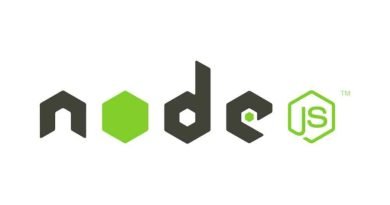QUALITY CONTROL
Quality is a measure of degree of general excellence of the product.
Quality Control is a process by which entities review the quality of all factors involved in production. It involves testing of units and determining if they are within the specifications for the final product.
It is also defined as the tools, skills or devices through which quality activities are carried out.
Objectives of Quality Control:
- To improve the quality of the product.
- To reduce the production cost.
- To improve the company’s income.
- To achieve interchangeability in mass production.
- To integrate quality development and quality maintenance.
Quality of Design:
It is concerned with the tightness of specification for the manufactured of product. The quality of design is the quality specified by the designer, on the behalf of the customer.
Quality of Conformance:
Quality of conformance is concerned with the manufactured product conforms to the quality of design. When the manufactured product is used, it depends upon both the quality of design and the quality of conformance.
Factors control the quality of conformance:
- Quality should be maintained properly.
- Trained and experience operators.
- Proper process selection and adequate process control.
- Proper storage of finished goods.
Cost of Quality:
The cost of carrying out the quality functions so as to meet the quality needs of customers is called as cost of quality. It includes market research cost of discovering needs of customers, product research and development cost, cost of inspection and quality assurance.
Value of Quality:
Value of quality can be defined as the direct or indirect returns gained by the company due to missions of quality control. Value of quality comprises to value inherent in design and in conformance to that design.
Optimum Quality of Design:
Optimum quality of design is nothing but, the balance between the cost of quality and value of quality. The aim of a company is to improve the quality at lower cost; this is called as optimum quality of design.
Inspection:
Inspection is the act of checking of all materials, products and produced components, parts at various stages during manufacturing. It is the process of comparing materials, products and produced components with the established standards.
Inspection is very useful with all aspects in manufacturing to increase the productivity of the product and ensure that the product manufacture with its desired standards and specifications. It helps to co-ordinate the function of quality control, production, purchase and other departments of an organization.
Quality Assurance:
It deals with the assurance of quality, reliability and services in the product through scientific techniques. Quality assurance function is the evaluation of the company activity of the quality.
Advantages of Quality Assurance:
- Less scrap and waste.
- Improve the productivity of the material.
- Less complaint from the customers.
- To customer satisfaction.



